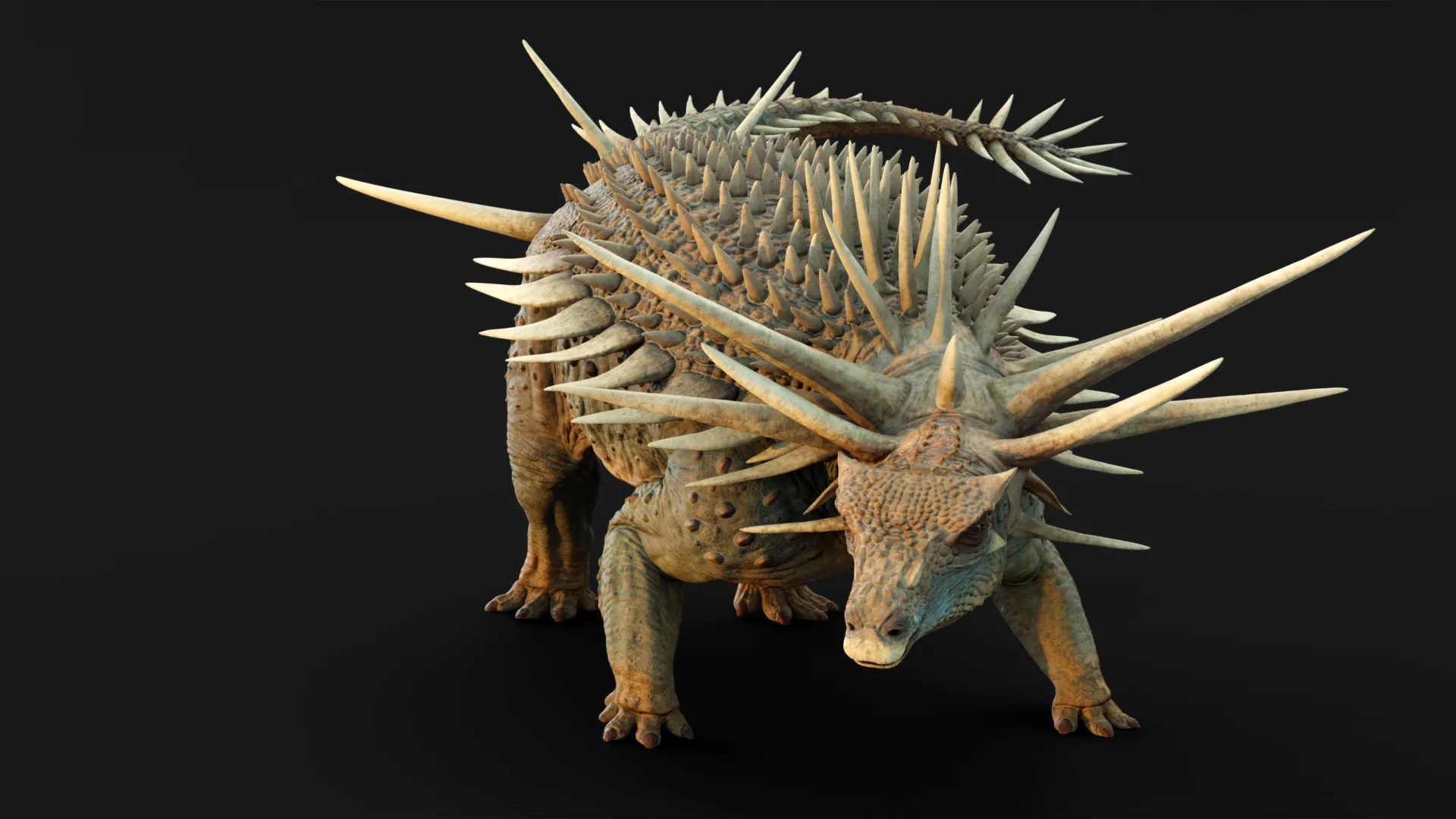Now Reading: Unique Ankylosaur Discovery Challenges Dinosaur Evolution Patterns
-
01
Unique Ankylosaur Discovery Challenges Dinosaur Evolution Patterns
Unique Ankylosaur Discovery Challenges Dinosaur Evolution Patterns

Quick Summary
- finding Details: Research published in nature reports that Spicomellus afer, the world’s oldest ankylosaur, lived around 165 million years ago in the Middle Jurassic near Boulemane, Morocco.
- Unique Features: This dinosaur had bony spikes fused to its ribs, a neck collar wiht spikes up to 87 cm long, and diverse armor across its body. These adaptations are unlike any othre vertebrate species living or extinct.
- Evolutionary Insight: The study highlights that armored features like spikes possibly served for display rather than defense at this stage of ankylosaur evolution.
- Tail Weaponry Evidence: Tail vertebrae suggest a club-like weapon similar to those found millions of years later in Cretaceous ankylosaurs.
- Importance of Findings: The discovery alters understanding of ankylosaur evolution and emphasizes Africa’s significance in paleontological research. Researchers speculate predation pressures led later species toward simpler defensive armor rather than elaborate displays.
- Collaborative Research Effort: The fossils were studied by Moroccan and UK scientists using funding from international collaborations. They remain catalogued at Morocco’s Dhar el Mahraz faculty of Sciences.
Indian Opinion Analysis
the discovery of Spicomellus afer offers fascinating insights into dinosaur evolution while spotlighting Africa’s untapped paleontological potential. For India, such pioneering scientific collaboration is educational as it mirrors our ongoing efforts to explore rich fossil locations within India’s own deccan region or Himalayan strata. Global partnerships like this also underline the value of shared resources and expertise in advancing critical science.
Moreover, findings from studies on ancient life remind us how evolutionary adaptations help species meet environmental challenges-a principle relevant for understanding biodiversity shifts caused by climate change today. As newer archaeological methods emerge globally, India’s institutes should consider fostering partnerships that drive cross-border scientific progress while refining techniques applicable to our geological heritage.
























